
| Recorded by: David George, Jeff Niznik on 2023-09-20
Durham Co.
Comment: | 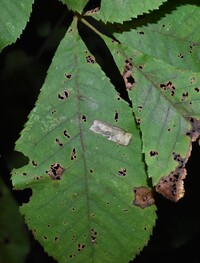
| Recorded by: David George, Jeff Niznik on 2023-09-20
Durham Co.
Comment: |
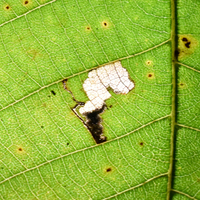
| Recorded by: David George, Jeff Niznik on 2023-09-01
Chatham Co.
Comment: | 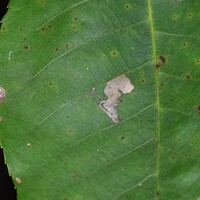
| Recorded by: David George, Jeff Niznik on 2023-09-01
Chatham Co.
Comment: |
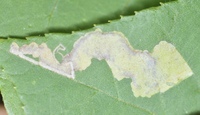
| Recorded by: Stephen Dunn on 2023-06-29
Orange Co.
Comment: | 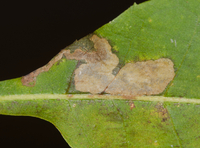
| Recorded by: Jim Petranka and Becky Elkin on 2021-10-20
Surry Co.
Comment: |

| Recorded by: Jim Petranka and Becky Elkin on 2021-10-20
Surry Co.
Comment: | 
| Recorded by: Jim Petranka, John Petranka, Becky Elkin, and Steve Hall on 2021-09-28
Durham Co.
Comment: |

| Recorded by: Jim Petranka, John Petranka, Becky Elkin, and Steve Hall on 2021-09-28
Durham Co.
Comment: | 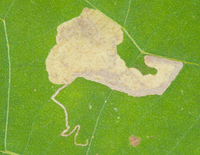
| Recorded by: Jim Petranka and Becky Elkin on 2021-09-24
Buncombe Co.
Comment: Occupied mines were on Carya ovalis. |
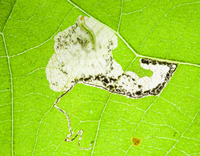
| Recorded by: Jim Petranka and Becky Elkin on 2021-09-24
Buncombe Co.
Comment: Occupied mines were on Carya ovalis. | 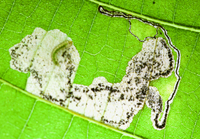
| Recorded by: Jim Petranka and Becky Elkin on 2021-09-24
Buncombe Co.
Comment: Occupied mine was on Carya ovalis. |
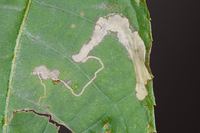
| Recorded by: Jim Petranka and Becky Elkin on 2021-09-24
Henderson Co.
Comment: Occupied mine was on Carya ovalis. | 
| Recorded by: Jim Petranka and Becky Elkin on 2021-09-24
Henderson Co.
Comment: |
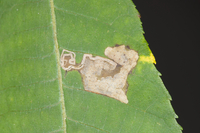
| Recorded by: Jim Petranka on 2021-09-16
Madison Co.
Comment: Unoccupied mines were on Mockernut Hickory. | 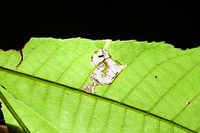
| Recorded by: Jim Petranka on 2021-09-16
Madison Co.
Comment: Unoccupied mines were on Mockernut Hickory. |
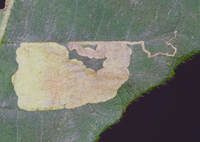
| Recorded by: Jim Petranka and Becky Elkin on 2021-09-10
Jackson Co.
Comment: Unoccupied mine was on Pignut Hickory. | 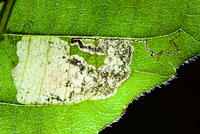
| Recorded by: Jim Petranka and Becky Elkin on 2021-09-10
Jackson Co.
Comment: |

| Recorded by: Jim Petranka on 2021-06-27
Buncombe Co.
Comment: On Mockernut Hickory. | 
| Recorded by: Jim Petranka on 2021-06-27
Buncombe Co.
Comment: On Mockernut Hickory. |

| Recorded by: Jim Petranka on 2021-06-27
Buncombe Co.
Comment: On Mockernut Hickory. | 
| Recorded by: Jim Petranka on 2021-06-27
Buncombe Co.
Comment: On Mockernut Hickory. |

| Recorded by: Jim Petranka and Becky Elkin on 2020-10-08
Buncombe Co.
Comment: | 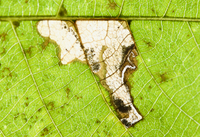
| Recorded by: Jim Petranka and Becky Elkin on 2020-10-08
Buncombe Co.
Comment: |
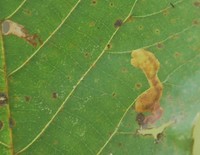
| Recorded by: Tracy S. Feldman on 2019-08-19
Scotland Co.
Comment: A view of the underside of a leaflet of Carya pallida with a widening linear mine. Note the central frass trail. A Coptodisca mine also visible in upper left corner of the photo. | 
| Recorded by: Tracy S. Feldman on 2019-08-19
Scotland Co.
Comment: A view of the upper surface of a leaflet of Carya pallida with a widening linear mine. Note the frass trail. A Coptodisca mine also visible in upper left corner of the photo. |

| Recorded by: Tracy S. Feldman on 2019-08-19
Scotland Co.
Comment: A view of the upper side of a leaflet of Carya pallida with a widening linear mine. Note the frass trail. A Coptodisca mine also visible in upperright corner of the photo. | 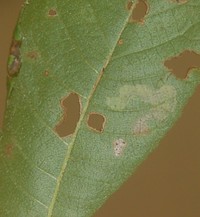
| Recorded by: Tracy S. Feldman on 2019-07-09
Wake Co.
Comment: |
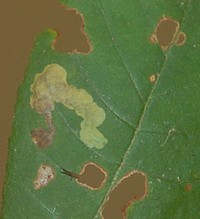
| Recorded by: Tracy S. Feldman on 2019-07-09
Wake Co.
Comment: A widening linear mine with frass and a feeding larva on a hickory leaflet (Carya sp.). | 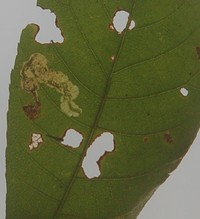
| Recorded by: Tracy S. Feldman on 2019-07-09
Wake Co.
Comment: A widening linear mine with frass and a feeding larva on a hickory leaflet (Carya sp.). |
|

 »
»




 »
»


